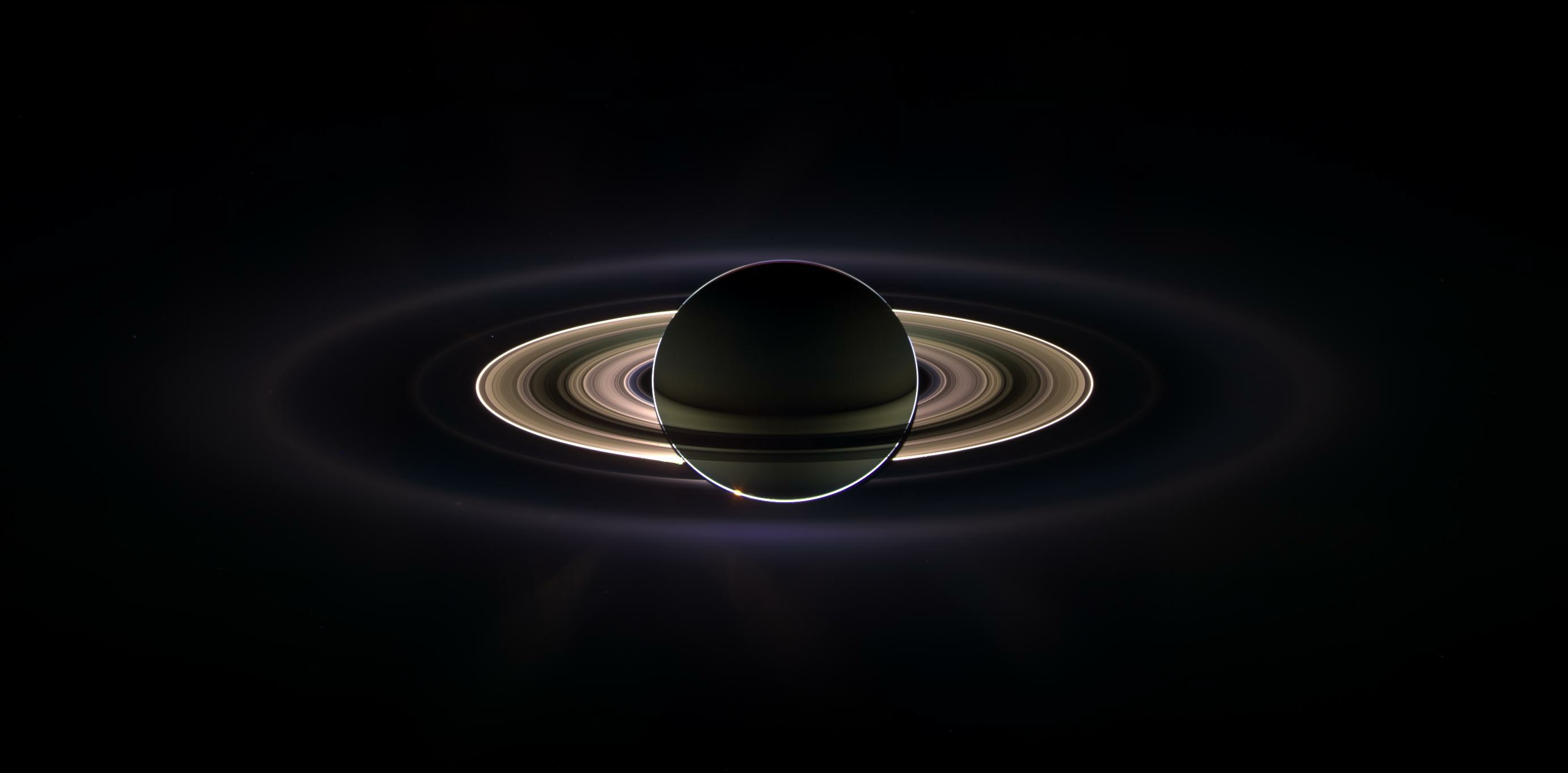“The Earth was Formless and Void…” Ensnared in the Canopy of the Gnostic Spacemen | “Gap Theory” Mystics

WELL BEYOND PLUTO’S ORBIT, WHERE THE HELIOPAUSE kisses the boundaries of interstellar space, solar winds howled goodbye to Voyager 1, which suddenly had the distinction of becoming the first craft to leave the suns dominion behind. Meanwhile, here on Earth, the embers of Plato’s dreams glowed ashy-red. In a rather symbolic gesture, the spiritual aspirations of the ancient Mysteries had finally been realized. The date was August 25, 2012. First launched 35 years earlier—in September of 1977—the twin satellites Voyager 1 and 2 had accomplished what they initially set out to do. There’s was an anthropologic mission peering in on the closeted behaviors of the wandering luminaries, and on the day of Voyager’s final ascension, one thing seemed certain. The planets—Mars, Jupiter, Saturn, Uranus, Neptune, and Pluto; including their moons—each gave witness to the scars of a galaxy torn apart by the lusts of war. Edward Stone, chief scientist of the Voyager program, declared of the heavens: “It was Voyager that focused our attention on the importance of collisions.” He added, “The cosmic crashes were potent sculptors of the Solar System.” The stories they told seemed Gnostic in origin.
Decades earlier, the man who founded the Institute for Creation Research in 1970, served as its president, functioned as a vigorous proponent of young-Earth geology and key figure in the re-emergence of creation science, began his career as a “Gap Theorist.” His name was Henry Morris, and the amateur missteps which at first guided his reading of Scripture shouldn’t come as a surprise. If it was Thomas Chalmers who convinced ecclesiastics that gap-pseudoscience was a worthwhile pursuit in the years leading up to Charles Darwin, it was the work of G. H. Pember and his 1884 publication of Earth’s Earliest Ages which canonized it. In a 1954 scholarly appraisal of creationist theories, Evangelical Bernard Ramm wrote: “The gap theory has become the standard interpretation throughout hyper-orthodoxy, appearing in an endless stream of books, booklets, Bible studies, and periodical articles. In fact, it has become so sacrosanct with some that to question it is equivalent to tampering with Sacred Scripture or to manifest modernistic leanings.”
Morris’ first book, That You Might Believe—published in 1946 when he was only twenty-eight—advocated the Gap Theory of his time. But no worries, that was only its first edition. More would follow.
This was the world in which Henry Morris was born and nurtured at the breast in. His was a gigantic spinning space rock, billions of untold years in age, hurdling through an infinite universe at breakneck speeds around an insignificant main-sequence star which reportedly converts 620 million metric tons of hydrogen each second into helium via an extremely hot core and nuclear fusion, and is also made up of carbon, nitrogen, and oxygen, and small traces of neon, iron, silicon, magnesium, and sulfur. The sun-star of Morris’ upbringing was an unfathomably large ball of hot plasma rocketing around the Milky Way at 480,000 miles per hour while here on Earth he and his contemporaries were expected to stare up at the stars and believe they were penetrating through the fabric of time into prehistory, because the closest star is reportedly 25 trillion miles away—meaning its light left the nuclear reactor of its origin four years earlier. There is of course a star in Cassiopeia, which is actually 97,848,000,000,000,000, or roughly 98 trillion miles away—the light of which began its lonely journey to Earth some 16,308 years before penetrating our skulls. In that time the Earth has traveled 2.2 million miles per hour. That would be 314,287,776,000,000 miles, or 314 trillion miles. The viewer is left to wonder if the light from that distant star traveled alongside his celestial path all along.
Henry Morris changed all of that.
Well, not quite. He kept to the entire narrative reported by Copernican astronomers, as described above, but tossed out the billions of years.
For the second edition of his premiere book, Morris made a few unorthodox changes—out with the old, in with the new, scientifically speaking. Conclusively, the gap simply wasn’t Biblical. Though Morris initially defied the law of the land by clinging to a literal six day span of creation from “In the beginning” onward, he and his fellow pseudoscientists would later write the law for Evangelicalism. Within twenty years of Ramm’s proclamation, Arthur C. Custance published what many believe to be the greatest defense for Gap Theory in its two-hundred year history. Without Form and Void was its Magnum Opus. And yet perhaps unbeknownst at the time, it would become the Gaps final stand. Only six years later, 1976 to be exact, Weston Fields published a stunning counter-strike with Unformed and Unfilled. Through the contributions of Henry Morris and company, a new generation of Creationist was born, one which promised to upkeep and tend-to the natural revelation of astronomy—namely, NASA and the Copernican Revolution—while dismissing any and all obvious attempts to sterilize the Bible’s authenticity throughout the geological and biological realm. In one swift stroke, the Gap Theory was buried in the strata of its origin. While lecturing to audiences, the newly reformed Morris was known to remark that the first edition of his premiere book was “blessedly unavailable.”

Coming to NASA’s defense without being accused of wrangling Scripture—a crime Gap Theorists were accused of committing—would prove problematic. For starters, Biblical descriptions of the “waters above the firmament” haunted his ministry. If the Apollo missions were not to fall continually suspect under the scrutiny of Biblical Literalist and Flat Earthists like Samuel Shenton (who gave the press enough material to drench entire columns with the ink of mockery throughout the 1960’s until his death in 1971), Morris had little choice but to uphold the canopy theory first proposed by astronomer Isaac Vail in his 1886 book, The Waters above the Firmament: Or the Earth’s Annular System. Vail’s theory was based in part on ancient Sumerian mythology and advertised a crystalline canopy formed millions of years ago as the earth evolved from a molten state. While observing the grandeur of the Grand Canyon, the seven layers or firmaments of Vail’s imagination—and which seemed to be on rather friendly terms with the seven luminaries of the Mystery religion—was construed. Accordingly, at the end of each creation “day-age,” the lowermost layer collapsed upon the Earth—all six of them—until the final seventh firmament of Genesis 1:6 rained upon Noah’s ark.
Morris clearly preferred irony; for he was borrowing from the very catastrophist views—of imaginative and occultist origin, mind you—which he claimed to husk from his pseudoscience practices. This newly rebranded—and rather short lived—canopy of Morris’ generation constituted a vast blanket of water above the troposphere, and possibly even beyond the stratosphere, in the high-temperature region now known as the ionosphere, and extending even further into space. Unlike Shenton, Morris and his young-earth advocates negligently turned a blind eye to Scriptural observations which affirmed the sun and the moon as existing below the firmament. Perhaps just as importantly, the 148th Psalmist and the Apostle Peter’s own declarations—that the waters above are still present and accounted for—were impolitely shoehorned from their theory.
“Praise him, ye heavens of heavens, and ye waters that be above the heavens.” (Psalm 148:4)

Regardless of the obligatory compromises needed to secure the globes whirling, spinning foothold in Scripture, the gap theory was finally dead and buried in Charles Lyell’s geologic column. So too is the canopy theory. Today the Creationist has no clear explanation. But where the Gap Theory is concerned, not everyone received the memo. Old-time Pentecostal preacher Jimmy Swaggart preferred the lavish storytelling which only the Gap could offer. So too has Kenneth Hagin and Benny Hinn. Corruption of the material world—warring angels—cosmic battlefields—Yahweh’s intervention—the true spiritual self rather than the fleshly temple—the Gap Theory has long been a favorite illustration for the epic good vs. evil which the Charismatic preacher supposedly mirrors in his daily tongue-babbling, spirit-filled prayer life and ministry. In reality, with the release of Star Wars in May of 1977 and the launch of Voyagers 1 and 2 only a few months later, the cat was out of the bag. In hindsight it’s clear. Keeping in step with the Manichean doctrine of old, which insisted upon the interference of Satan and his demons in the process of creation, the Gap Theorist prefers his origins story glazed with an extra helping of Gnosticism.
With his book, Beyond Star Wars: Ancient Cosmic Conflicts in the Space-Time Continuum, first published in 1978, author William F. Dankenbring would have us believe the explosive aboriginal chapter of the Bible should mirror as an opening crawl in outer space. Perhaps, we might suspect, Star Wars creator George Lucas even plagiarized a history which God didn’t bother to publish in His Word while the ever-observant Sumerians lapped it up. It might even be titled, HEAVEN WARS: Episode 4: A New Hope—or something to that effect, with the scroll reading: “And the Earth was formless and void…”
“Star Wars really happened! Long ago great battles raged in the universe. A great war caused vast destruction throughout the cosmos and upon the earth. Super beings battled for control of the universe, space, and time.”
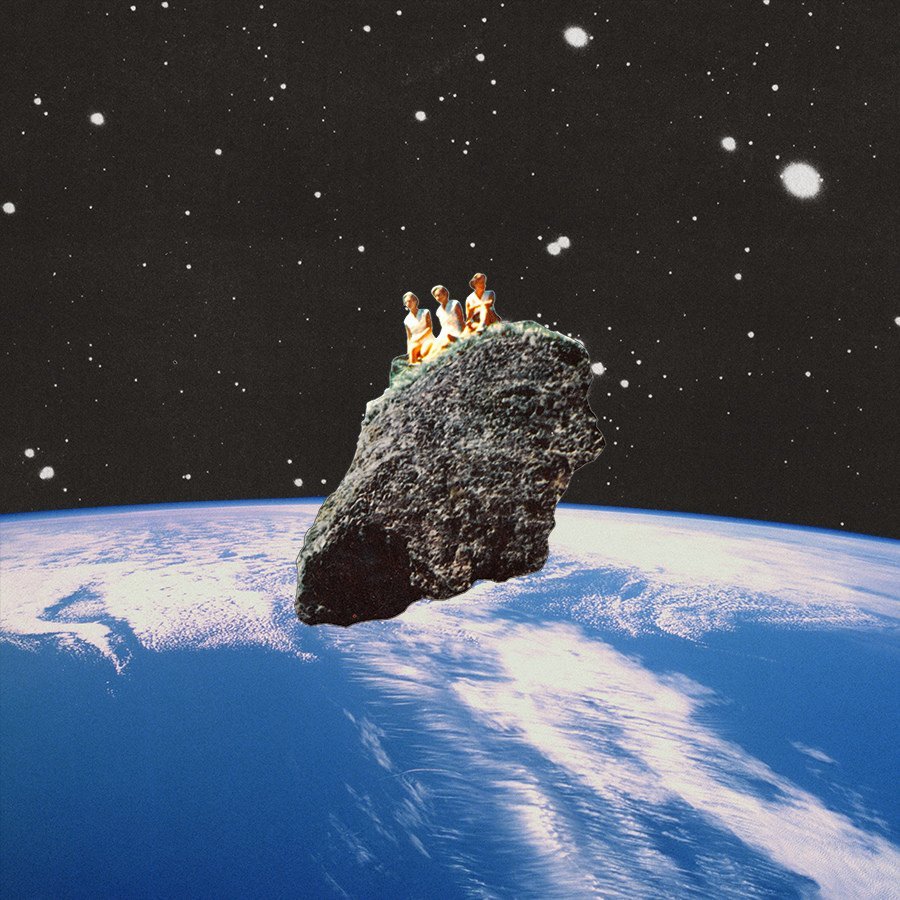
For space age Gap Theorists like Dankenbring, the chasm spanning Genesis 1:1 and 1:2 is an untold war in which the asteroids between Mars and Jupiter form the cosmic debris of an ancient planet torn asunder in some primordial celestial cataclysm. The surface of Mars, riddled with massive craters, is best compared to an ancient battlefield—Venus too. The rings of Saturn “bespeak evidence of ancient catastrophism.” Even our very own moon received a paralyzing bombardment from space. “The far side of the moon, photographs from space and Apollo space shots show, was hammered so violently by meteors that the entire original crust was shattered and torn apart… The blasts of crashing asteroids and meteors released huge volcanic eruptions covering vast sections of the moon with flowing lava” and “huge lava seas.”
Then of course there’s Niburu… Planet X. We shan’t forget that.
Dankenbring further writes: “This war in heaven must have been catastrophic in nature. It must have been the greatest battle of all time! Armies of angels clashing with each other! The entire cosmos must have been shaken. The fantastic truth of what happened eons ago makes the Star Wars movies pale into nothingness by comparison!” A little later Dankenbring reminds us (never forsaking the opportunity for a well-placed exclamation mark): “…the original STAR WARS broke out! The thrilling story is more than merely hinted at in the opening verses of Genesis–in the beginning.”
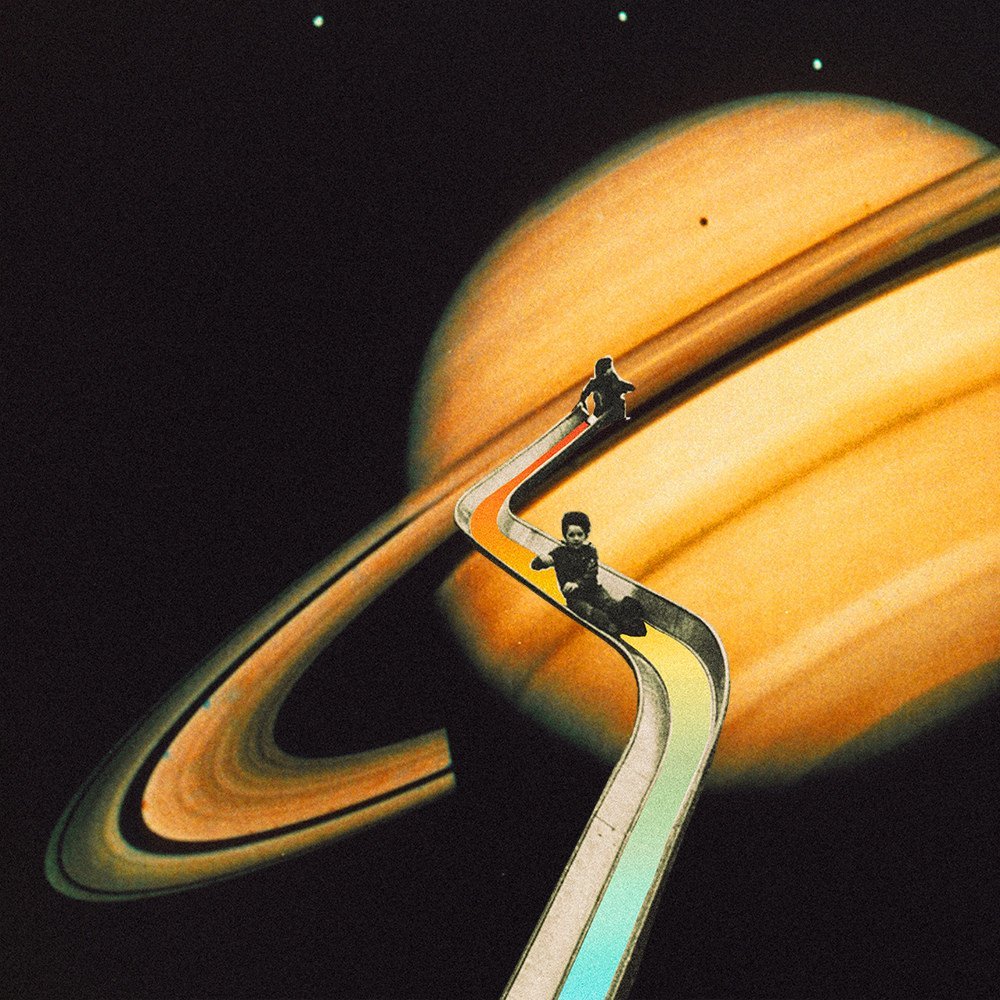
Even canopy theorists like Carl Theodore Schwarze developed a taste for the Manichean cataclysm. First publishing The Harmony of Science and the Bible in 1942, followed up with The Marvel of Earth’s Canopies: A Fascinating Book on the Harmony of True Science and the Bible in 1957, Schwarze chose to avoid the obvious conclusion—that God Himself created “the firmament of His power (Psalm 150:1).” Schwarze re-imagined Vail’s volcanoes with atomic explosions—research which Satan had apparently been dabbling in long before Adamic times. In such a scenario, the Psalmist might have been a little clearer and referred, rather devilishly, to Satan’s “firmament of power” rather than the Lord’s. But Schwarze was not even satisfied leaving the highly debated pre-flood “greenhouse effect” to God. Oh-no—that also can be blamed on the aftermath resulting from Satan’s research in atomic warfare. Manichean cataclysms and Gnosticism abounds. This ancient blast was the event described by less scientific minds in Genesis 1:2, with a future destruction to come outlined in 2 Peter 3:10.
Whereas Schwarze found his “scientific” vision in Hiroshima and the resulting Cold War, William F. Dankenbring organized his Natural Revelation—aside from an obvious curtain call at Grauman’s Chinese Theater—with the Voyager mission. The data which NASA collected from its ascending satellite, drifting ever closer to the gateway of interstellar space, was proof of a galaxy torn apart by the lusts of war.
In Genesis Revisited: Is Modern Science Catching Up With Ancient Knowledge? Ancient astronaut theorist and author Zecharia Sitchin contrasts Voyager’s discoveries with Sumerian texts of antiquity. Rather strange that God would expect a Christian to look to Babylonian literature in order to better understand the revelation He forsook in Holy Scripture. At any rate, Sitchin writes: “The Sumerians made clear, 6,000 years ago, the very same fact. Central to their cosmogony, worldview, and religion was a cataclysmic event that they called the Celestial Battle. It was an event to which references were made in miscellaneous Sumerian texts, hymns, and proverbs—just as we find in the Bible’s books of Psalms, Proverbs, Job, and various others. But the Sumerians also described the event in detail, step by step, in a long text that required seven tablets.” He adds: “The (surviving) text deals with the formation of the Solar System prior to the Celestial Battle and even more so with the nature, causes, and results of that awe-some collision. And, with a single cosmogonic premise, it explains puzzles that still baffle our astronomers and astrophysicists. ”
Even more important, “whenever these modern scientists have come upon a satisfactory answer—it fits and corroborates the Sumerian one!”
Sitchin further points out that “until the Voyager discoveries, the prevailing scientific view-point considered the Solar System as we see it today as the way it had taken shape soon after its beginning, formed by immutable laws of celestial motion and the force of gravity. There have been oddballs, to be sure—meteorites that come from somewhere and collide with the stable members of the Solar System, pock-marking them with craters, and comets that zoom about in greatly elongated orbits, appearing from somewhere and disappearing, it seems, to nowhere. But these examples of cosmic debris, it has been assumed, go back to the very beginning of the Solar System, some 4.5 billion years ago, and are pieces of planetary matter that failed to be incorporated into the planets or their moons and rings. A little more baffling has been the asteroid belt, a band of rocks that forms an orbiting chain between Mars and Jupiter. According to Bode’s law, an empirical rule that explains why the planets formed where they did, there should have been a planet, at least twice the size of Earth, between Mars and Jupiter.”
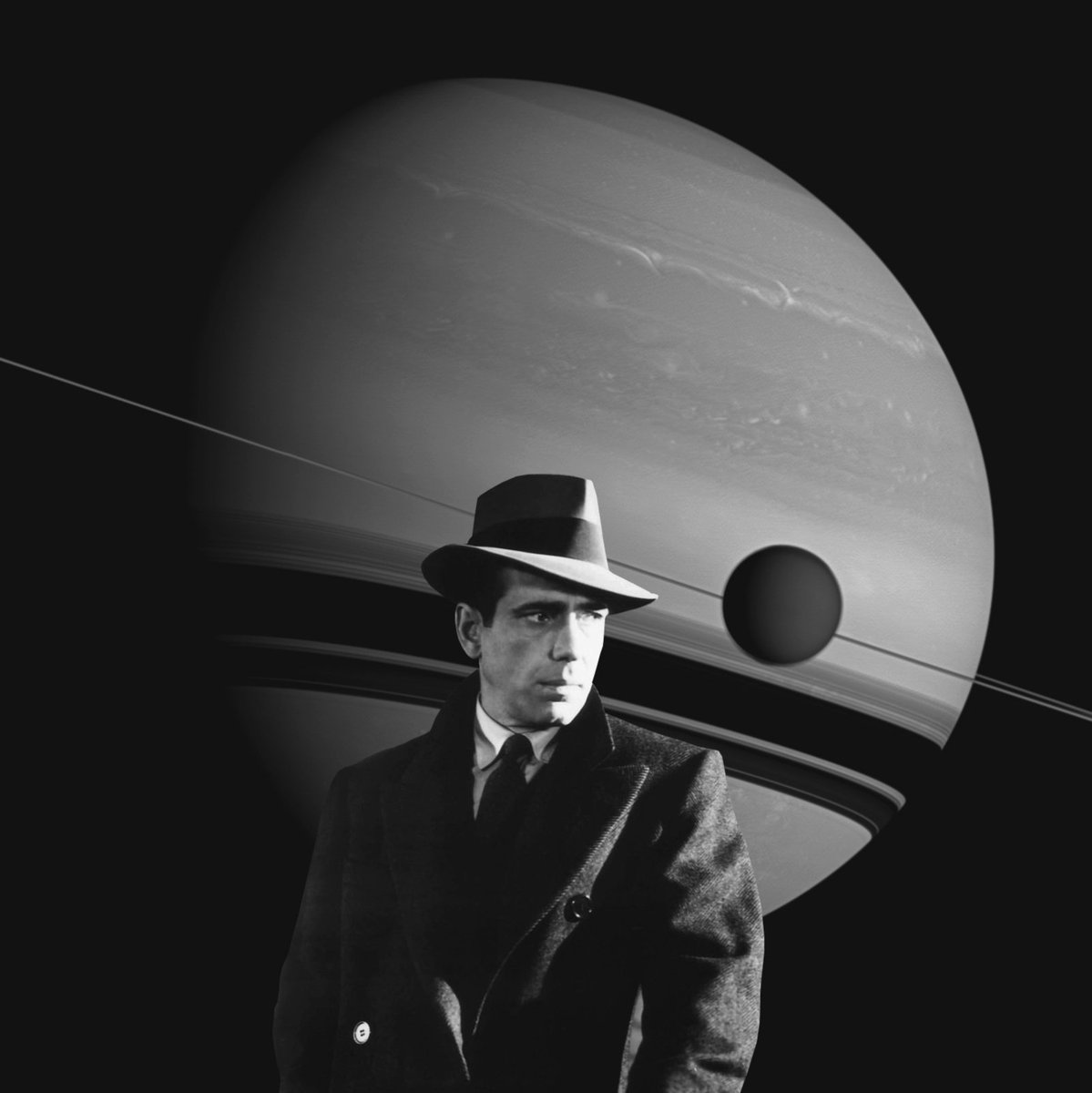
After Voyager’s flyby of Uranus in 1986, “the realization that there had to be one or more major collisions that changed the Solar System from its initial form became inescapable,” commands Sitchin’s pen, “as Dr. Stone has admitted.” Uranus was shown to not only be tilted on its side, but it was not formed that way from the very beginning. It rings—pitch-black “blacker than coal dust,” are “warped, tilted, and bizarrely elliptical…” an “obvious conclusion was that the rings and moonlets were formed from the debris of a violent event in Uranus’ past.”
Voyager 2 also found that Neptune’s two moons Nereid and Triton “were knocked into their peculiar orbits by some large body or planet.” Bradley Schaefer, a professor of astronomy and astrophysics at Louisiana State University noted, “Imagine that at one time Neptune had an ordinary satellite system like that of Jupiter or Saturn; then some massive body comes into the system and perturbs things a lot.”
Uh oh. Planet X.
Unlike most Gap Theorists of centuries past, who were not afforded the thrilling exploits of science fiction to captivate their better senses, Dankenbring and other space age theologians like him extended the ruined civilizations existing before Genesis 1:2 all the way to the red planet. “Mars—unlike the other planets of the solar system—has a day almost equal to the earth’s day,” Dankenbring wrote. “The time of axial rotation of Mars is 24 hours, 37 minutes and 23 seconds; the earth’s day is 23 hours, 56 minutes, 4 seconds. No other two planets are so alike in the duration of their day. Another striking resemblance between the two planets is the inclination of their axis of rotation. The equator of Mars is inclined 24 degrees to the plane of its orbit, whereas the equator of the earth is inclined 23 1/2 degrees to the plane of its ecliptic. Such a similarity is unequalled among all the other planets of the solar system.”
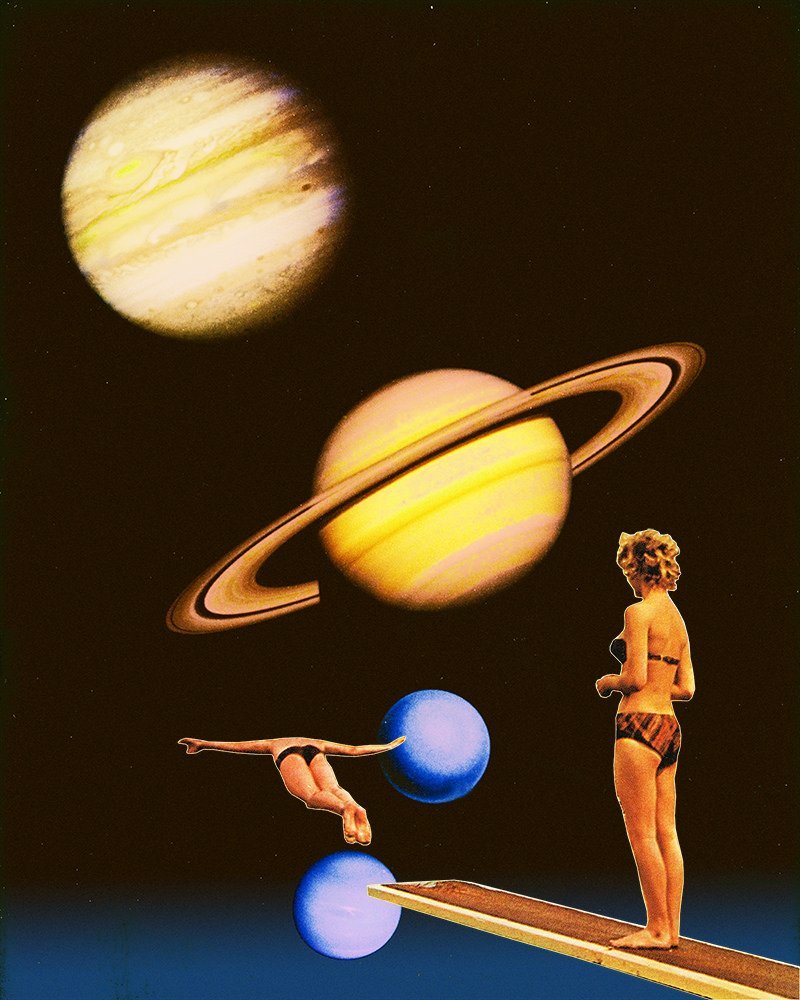
Dankenbring’s gullibility is most striking when he pauses to consider the mystery of Phobos and Deimos, two Mars moons which apparently shook astronomical circles when Asaph Hall announced their discovery in 1877. Why?—Novelist Jonathan Swift, who published Gulliver’s Travels in 1726, 150 years before Asaph Hall glimpsed the two moons of Mars through his telescope, “actually wrote of them in his book!” Here Dankenbring salivates: “Swift actually described the distance of these two satellites from Mars in terms of Mars’ diameter implying measurement and calculation. The Laputans, according to Swift, said Phobos was three Mars’ diameters from the planet (12,420 miles). Modern instruments reveal it is actually 7,897 miles away. The Laputans said Phobos orbited Mars every 10 hours. Modern measurements show the actual time is 7 hours 39 minutes. The Laputans put the diameter of Deimos’ orbit as five Mars diameters (20,700 miles). It is actually 16,670 miles. They put the revolution of Deimos at 21 l/2 hours. It is actually 30 hours 18 minutes. These figures are simply dumbfounding if Swift invented the whole story out of thin air – the crevices of his own vivid imagination! It’s simply uncanny.”
We must ask ourselves how novelist Jonathan Swift knew about Mars’ two moons. Isaac Asimov called Swift’s calculations of orbits and their periods of revolution “an amazing coincidence.” He added, “However, his guess that Phobos would rise in the west and set in the east because of its speed of revolution is uncanny. It is undoubtedly the luckiest guess in literature.”
For Dankenbring, the moons of Mars, as first described by Swift, is indeed proof that ancient peoples knew of the cosmic Star Wars long before George Lucas thought to pen a first draft.
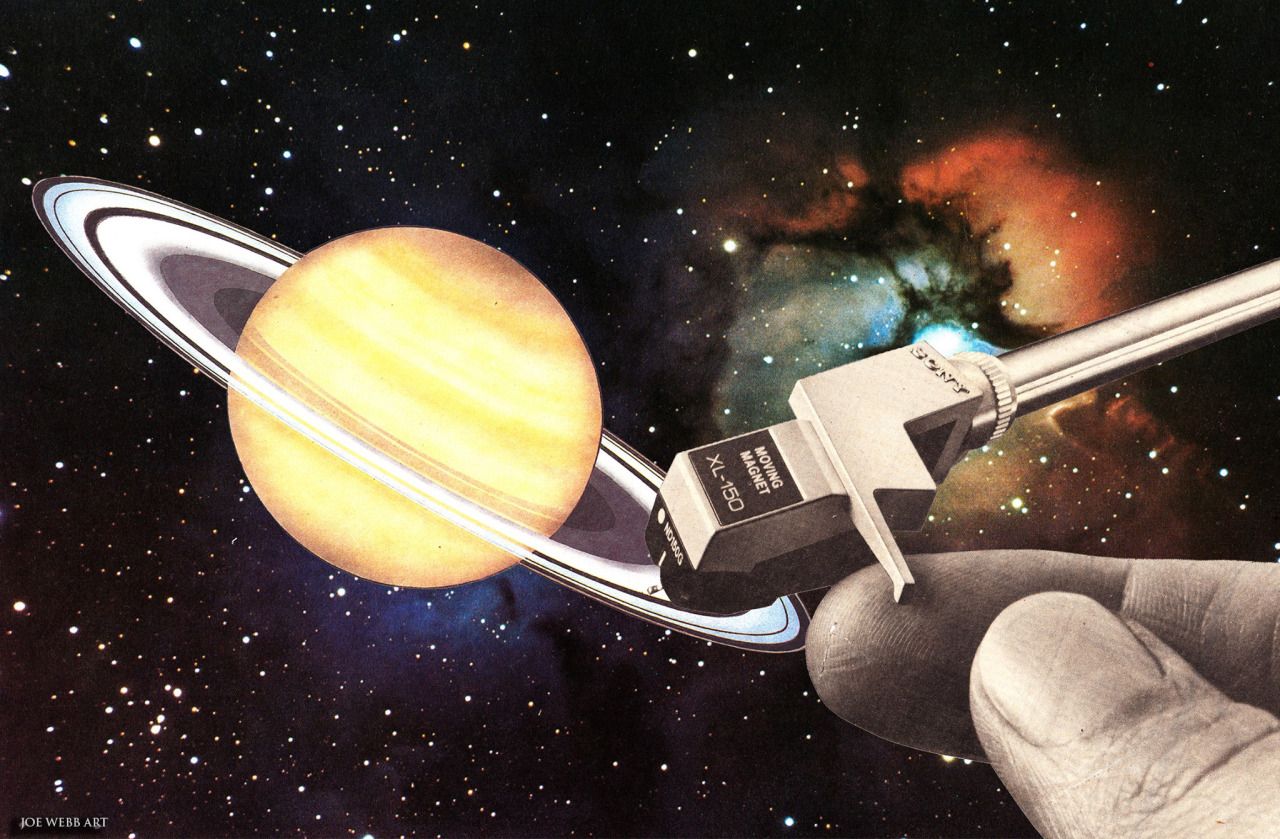
On November 28, 2017, the thrusters aboard the Voyager 1 spacecraft did what everybody thought was impossible. Having been dormant since November of 1980—one month before I was born—they thrusted again. In a statement on its official website, NASA said: “The Voyager team assembled a group of propulsion experts at NASA’s Jet Propulsion Laboratory, Pasadena, California, to study the problem.” After 37 years of inactivity and wandering 13 billion miles from Earth, “they agreed on an unusual solution: Try giving the job of orientation to a set of thrusters that had been asleep for 37 years.” The Voyager flight team dug up decades-old data and examined the software that was coded in an outdated assembler language. It still worked. Voyager 1’s mission has been extended into the throws of interstellar space until 2025.
1970’s technology is truly amazing.
There is a kind of circular logic which naturally accommodates geological thinking. In 1884 G.H. Pember reminded Christians that God had not revealed to humans how geology should be interpreted. For this he insisted upon a geologist’s reliance in interpreting Scripture. Furthermore, if the Earth was “without form and void,” we come to another conclusion entirely. Satan had already rebelled and destroyed a former world created by God before Genesis 1:3. In Earth’s Earliest Ages, he writes:
“It is thus clear that the second verse of Genesis describes the earth as a ruin; but there is no hint of the time which elapsed between creation and this ruin. Age after age may have rolled away, and it was probably during their course that the strata of the earth’s crust were gradually developed. Hence we see that geological attacks upon the Scriptures are altogether wide of the mark, are a mere beating of the air. There is room for any length of time between the first and second verses of the Bible. And again; since we have no inspired account of the geological formations, we are at liberty to believe that they were developed just in the order in which we find them. The whole process took place in preadamite times, in connection, perhaps, with another race of beings, and, consequently, does not at present concern us.”
With Voyager, we are asked to take this same circular reasoning even further. Forty years earlier, when the Voyager twins first launched beyond the Earth’s atmosphere, Star Wars wet the imaginative appetite for an entire generation of Biblical Gnostics in waiting. In December of 2017—less than one month after JPL managed the impossible—fans of the ongoing saga lamented over the release of Star Wars: The Last Jedi, the chronological eighth in the series. For many, it was the worst Star Wars movie of all time. The internet is practically foaming at the mouth with testimonies of stark raving men. Some are even sobbing. Once again, Star Wars has managed to shatter the memories of many fragile childhoods. If only they knew about Voyager 1 and 2 in light the Bible.
If only they knew space was fake…
Noel
